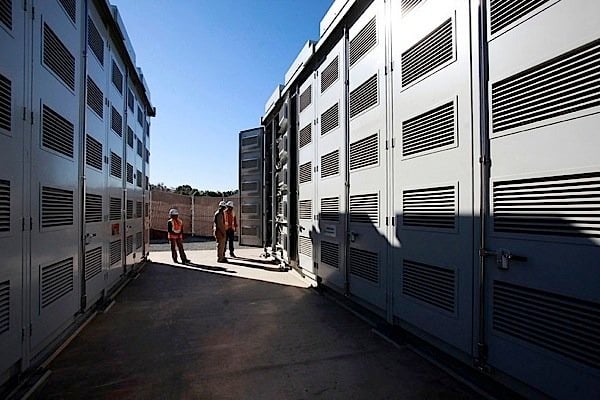The State of California has taken the bold move of mandating energy storage as part of its energy policy. By the end of the year 2020, utility companies in California will be required to have enough energy storage capacity to power nearly a million homes. The new regulations from the California Public Utilities Commission (CPUC) require that the utilities buy a total of 1.3 gigawatts of storage. That would be about equal to the output of a nuclear reactor. The move will boost the energy storage industry itself, as well as strengthening the power grid in the state.

Under the new program, the three utilities—Pacific Gas and Electric, Southern California Edison, and San Diego Gas and Electric—will need to collectively buy 1.3 gigawatts of storage; local utilities will have to procure storage equal to 1 per cent of projected peak demand by 2020.
A spokesman for CPUC said that the storage procurement policy is guided by three principles: optimization of the grid, integration of renewable energy, and reduction of greenhouse gas emissions. Another commissioner called storage a “game changer” in the electric industry which, though not without risk, has enormous potential rewards.
The storage industry was quick to praise the CPUC for moving forward with the energy storage mandate. Many companies, including battery makers, have been waiting for the program, which has been under study for several years. One energy storage analyst called California’s move “transformative,” saying that it would have a huge impact on the industry. Other state regulators are reported to be looking at the California model.
The move by the state is in keeping with its commitment to having 33 per cent of its power supply come from renewable sources by 2020. The storage requirement will allow the utilities to have greater control over power supply from all sources, including wind and solar, which are intermittent. Energy storage has long been the most problematic piece of the puzzle. However, under the new regulations, the stored power does not have to be exclusively from renewable sources.
With increased storage capacity, the need for building costly new facilities is lessened, and it is expected that there will be a boom in storage technology as a result of the new regulation. One method known as “pumped storage,” in which hydroelectric utilities move water uphill to use in power generation later will be excluded from the new requirements. The intent is to encourage the development of new storage technologies.































